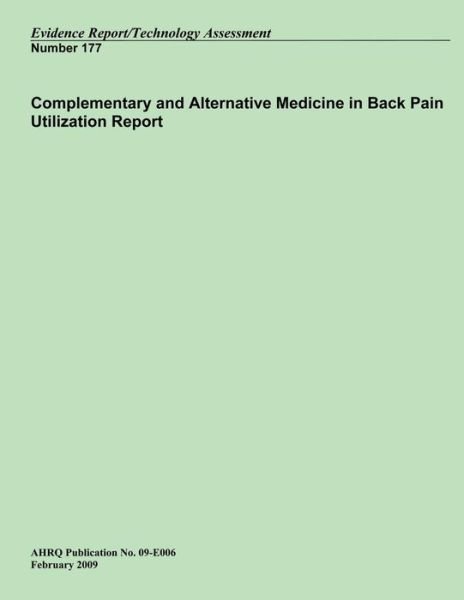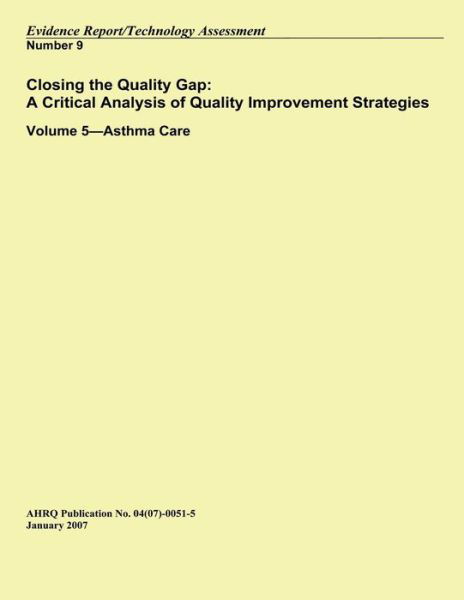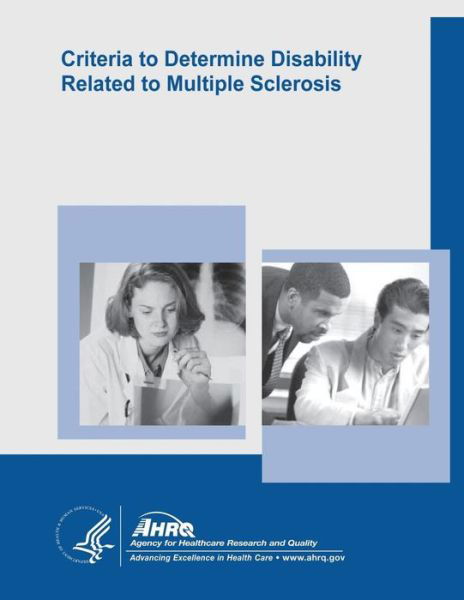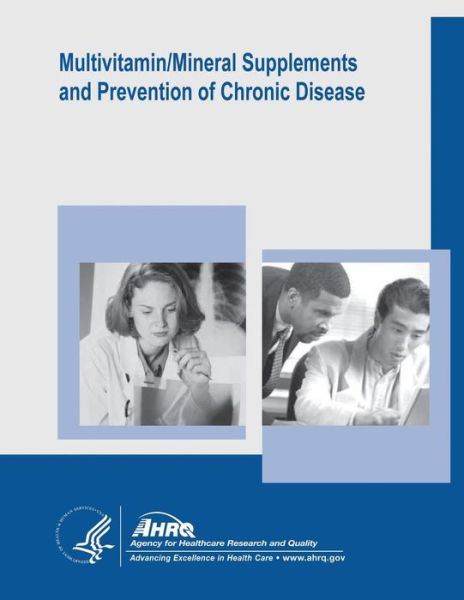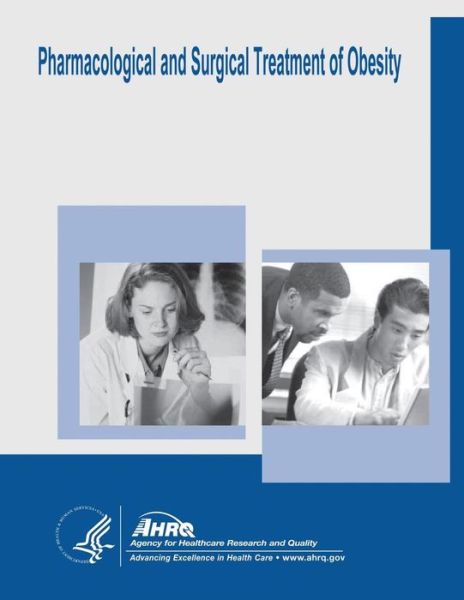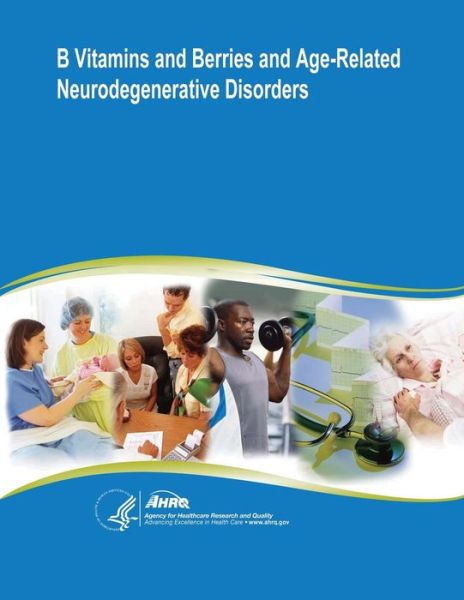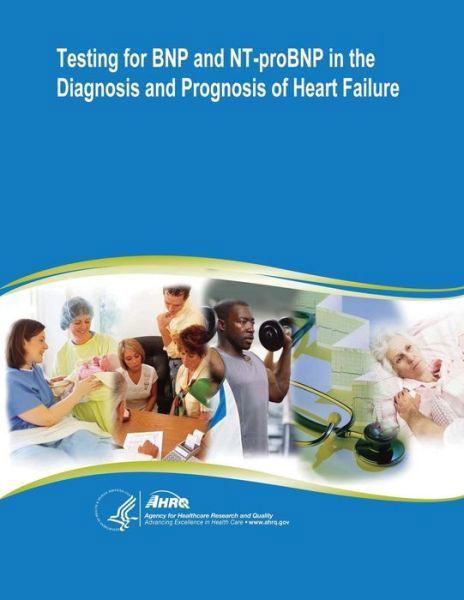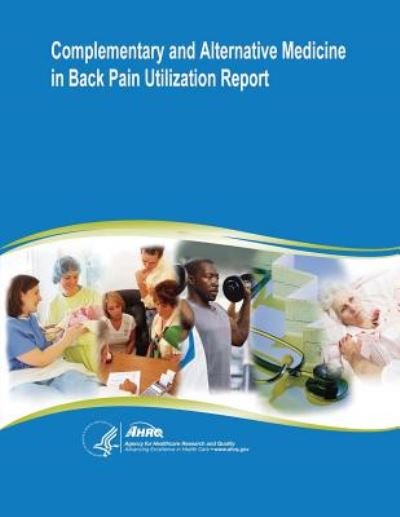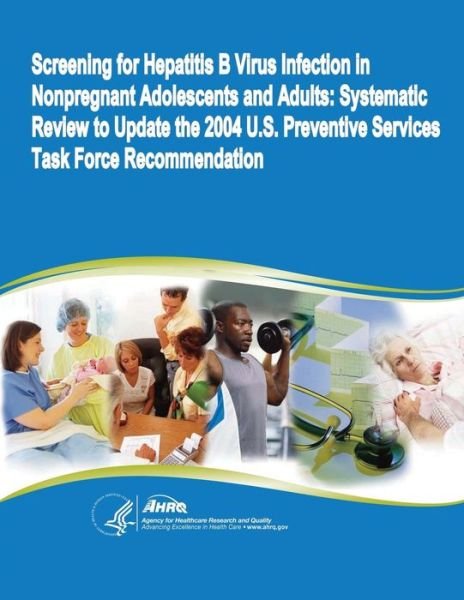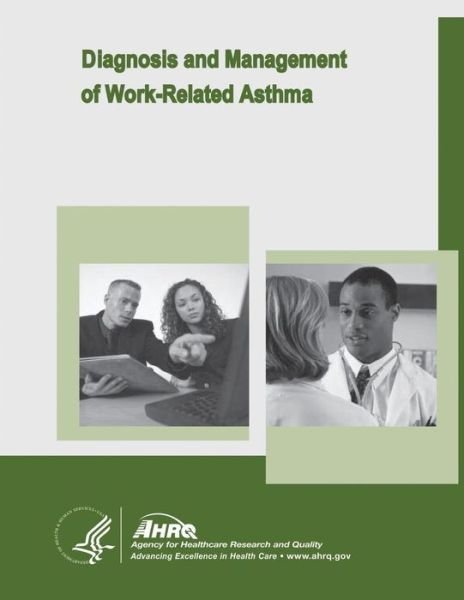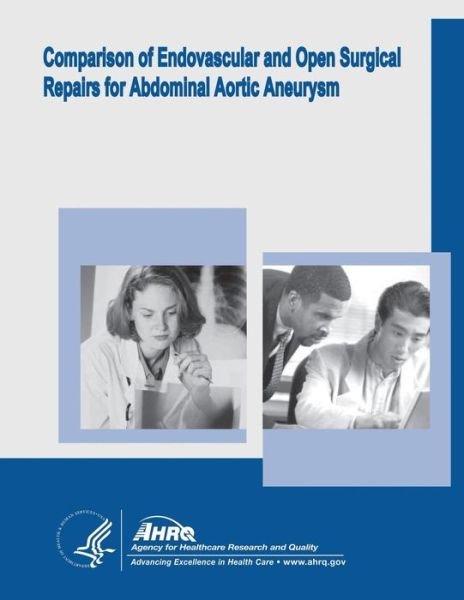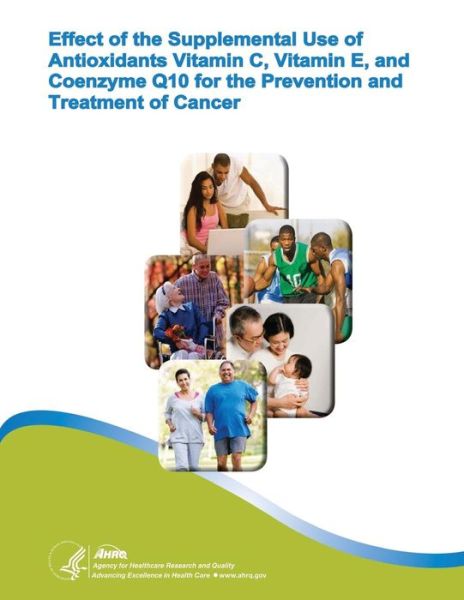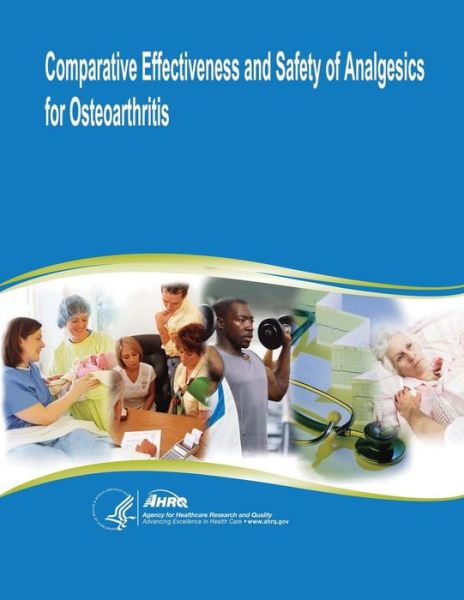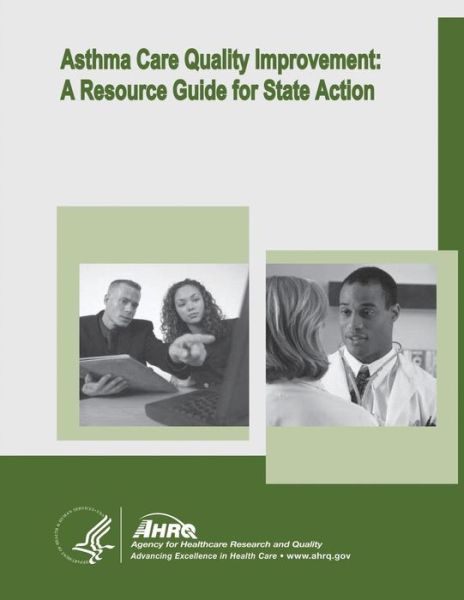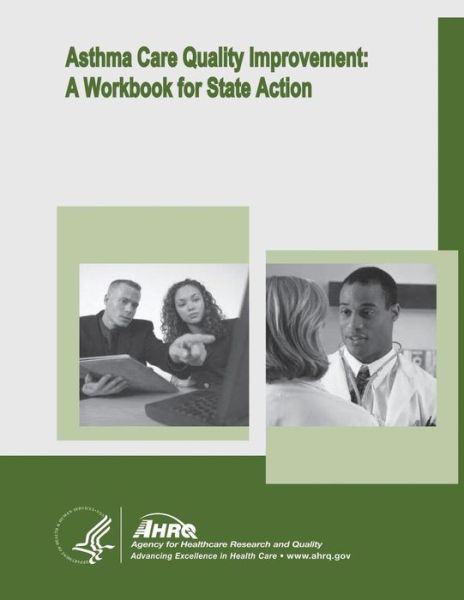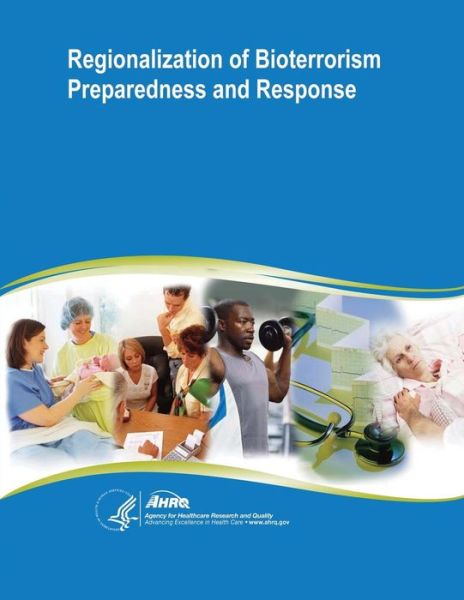
Tell your friends about this item:
Regionalization of Bioterrorism Preparedness and Response: Evidence Report / Technology Assessment Number 96
U S Department of Healt Human Services
Regionalization of Bioterrorism Preparedness and Response: Evidence Report / Technology Assessment Number 96
U S Department of Healt Human Services
Publisher Marketing: The anthrax attacks of 2001, the outbreak of severe acute respiratory syndrome (SARS), and weapons of mass destruction tabletop exercises have made it clear that no single community can prepare fully, nor respond completely, to a large-scale bioterrorism event. Policymakers recognize the need to forge relationships and coordinate preparedness planning efforts at the local, state, national, and international levels. However, there is little consensus about the optimal level of localization or regionalization for each of the resources and services that must be operationalized during a bioterrorism response. We sought to evaluate the evidence regarding the effectiveness of existing regional systems that facilitate a response to bioterrorism. We sought evidence regarding the tasks that would need to be performed during a bioterrorism response (such as triage, provision of emergency medical care, transportation, and surveillance) and regionalized organizations that would likely contribute personnel, material, and information required to perform these bioterrorism response tasks. The Key Questions addressed in this Report are: 1. What are the key tasks of local responders-such as local public health officials, clinicians, and emergency medical personnel-during a bioterrorism event? 2. What resources do local responders require to perform the tasks identified in Key Question 1? 3. Which existing regional systems for delivery of goods and services could be relevant to supplying the resources identified in Key Question 2? 4. Can regionalization of bioterrorism preparedness planning facilitate supplying needed resources to local responders during a bioterrorism event? 5. How do geographic variations in the affected population (e.g., urban as opposed to rural), special populations, and the interplay of private and public sector players affect regionalized systems?
| Media | Books Paperback Book (Book with soft cover and glued back) |
| Released | June 29, 2014 |
| ISBN13 | 9781500350437 |
| Publishers | Createspace |
| Pages | 192 |
| Dimensions | 216 × 279 × 10 mm · 458 g |

 Christmas presents can be returned until 31 January
Christmas presents can be returned until 31 January




